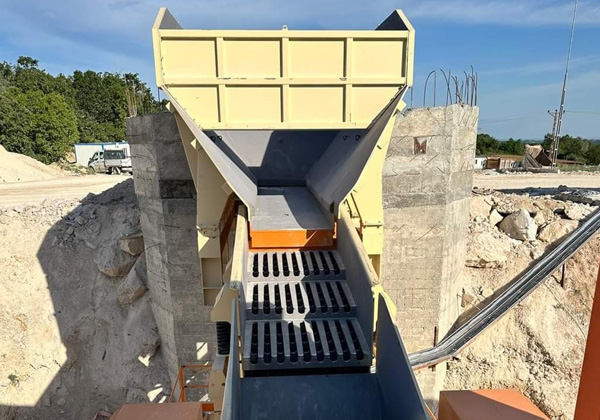A mineral vibrating feeder is a crucial piece of equipment in various industries, particularly in mining, where it serves to efficiently transport materials from one stage of a process to another. The capacity of a mineral vibrating feeder plays a vital role in determining the efficiency and productivity of the entire operation. In essence, capacity refers to the volume or mass of material that the feeder can handle within a specific timeframe. This capacity is influenced by several factors, including the feeder’s design, the properties of the material being processed, and the operational conditions under which the feeder is used.

The capacity of a vibrating feeder is primarily determined by the size and type of the feeder, the characteristics of the material being processed, and the operational settings. Feeders come in various sizes and configurations, with the width and length of the feeder deck being key factors. Wider and longer feeders can handle larger volumes of material, while the type of vibration, whether it’s linear or circular, also plays a role in determining how material moves across the feeder. The angle of the feeder deck and the amplitude of the vibration further influence capacity by affecting the speed at which material travels.
Material characteristics such as particle size, density, moisture content, and abrasiveness also significantly impact the capacity of a vibrating feeder. Coarse, heavy, or sticky materials may require feeders with higher capacity and more robust designs to prevent clogging or wear. In contrast, fine or lightweight materials may necessitate a different approach, such as a gentler vibration to avoid excessive agitation or dust generation.
Operational settings like feed rate, vibration frequency, and amplitude are adjustable parameters that can be fine-tuned to optimize feeder performance. Increasing the vibration frequency or amplitude can enhance the feeder’s capacity, allowing it to handle a greater volume of material. However, these adjustments must be made carefully to avoid excessive wear or degradation of the material being processed.

